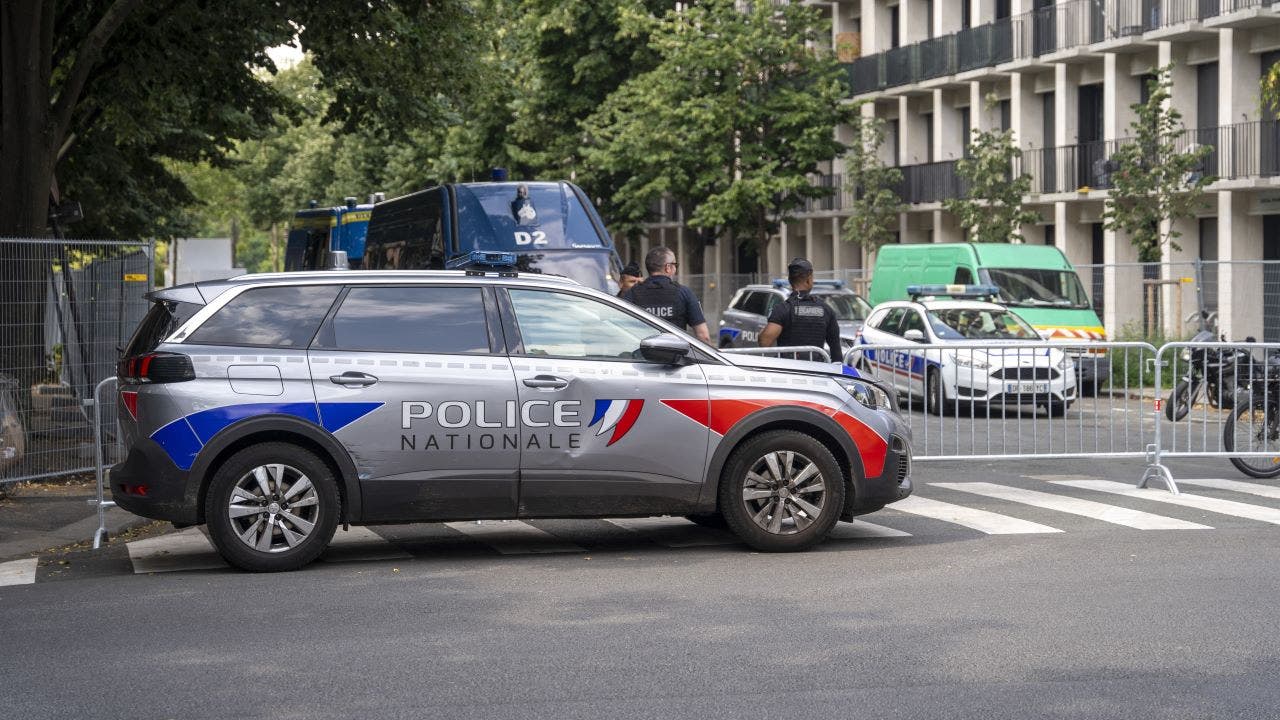Conscious of the weight of its illustrious history, Rome has managed to preserve an impressive number of archaeological monuments in its city center. The Colosseum, the Circus Maximus and the Roman Forum and Imperial Fora are just a few of the sites clustered in the city’s heart.
As Rome, which will celebrate its 2,777th birthday on April 21, moves toward its fourth millennium, city leaders are promoting a new vision of this area as a giant, pedestrian-friendly public space that supporters say will promote Rome’s ancient past.
“Italy is working to make the most of what is arguably the most important concentration of history, archaeology, art and nature in the world,” Rome’s mayor, Roberto Gualtieri, said on Tuesday at a news conference announcing that Labics, a Rome-based architectural and urban planning practice, had won a competition to revamp the area.
Normally, the area is also crawling with tourists and those who cater to them, including tour guides, street vendors and street artists. Some streets in the area are already closed to traffic besides buses and cabs, but others are busy thoroughfares that link various neighborhoods with the downtown or with the road that winds alongside the Tiber River.
Some critics say the plan could turn the center of Rome into an open-air Disneyland.
When the project was first announced last year, Mario Ajello, a journalist, wrote in Il Messaggero, a daily newspaper in Rome, that it was tailored to those who visited Rome for a few hours or days, not those who lived and worked there, and that it would transform the downtown into “an amusement park for tourists.” City hall had not sufficiently considered that removing traffic from that area of the city center would only shift congestion to adjacent neighborhoods, he added.
Another critic of the project, the Italian historian Giordano Bruno Guerri, told the newspaper that city hall leaders should instead tackle some of the problems plaguing tourist sites, like illegal tour guides, street vendors hawking overpriced water bottles or ersatz gladiators demanding money for selfies.
The project will link Rome’s Imperial Fora to other archaeological sites by what city officials have described as an extensive “archaeological walk.” The area will branch out from the Colosseum to include the Palatine Hill, the Circus Maximus and the Capitoline Hill, with roads in between. (A later phase will expand the area to the Baths of Caracalla and the beginning of the Appian Way.)
When finished, it will be the largest urban archaeological area in the world, officials say. Nearly 19 million euros, or $20.5 million, have been earmarked for this first phase of the project.
People visiting the area will see more pedestrian areas, new public spaces and walking paths. Bike paths will be installed and trees and gardens will be planted. Public transportation will be rearranged. Terraces will be built so that some parts of the archaeological areas can be seen from above, giving a “better sense of the stratification of Rome,” Mr. Gualtieri said.
The idea of creating a monumental archaeological area downtown dates back to the end of the 19th century, soon after Rome became capital of Italy, but it never materialized. And many Romans were up in arms a decade ago when Ignazio Marino, then the mayor, decided to limit traffic on the Via dei Fori Imperiali, the broad avenue that joins the Colosseum to the central Piazza Venezia, to public transportation. However, the chaos that many feared would result never really occurred.
Under the current plant, the Via dei Fori Imperiali will permanently close to traffic in about a decade, keeping pace with the construction of a new subway line that crosses downtown Rome and the opening of a station in Piazza Venezia expected in 2033.
Gennaro Sangiuliano, Italy’s culture minister, said Tuesday that the Via dei Fori Imperiali, which was built a century ago, during Mussolini’s time, would be preserved as a monumental thoroughfare.
City officials said Tuesday that once the project goes through the necessary administrative hoops, work on the archaeological walk could begin by September.
“We can’t wait to start the next phase,” the mayor said.
Francesco Isidori, one of the principals of Labics, the architectural and urban planning firm that won the contest to lead the project, said the plan is to make the archaeological area more understandable to people the world over. And the hope is that it will draw suburban Romans downtown to better appreciate what attracts millions of tourists to the Eternal City each year.
“We have tried to create a welcoming place where Romans can stroll, sit and linger in the shade, and meet with others,” Mr. Isidori said of the plans. “We wanted to give the heart of Rome back to Roman citizens and to the broader community.”





